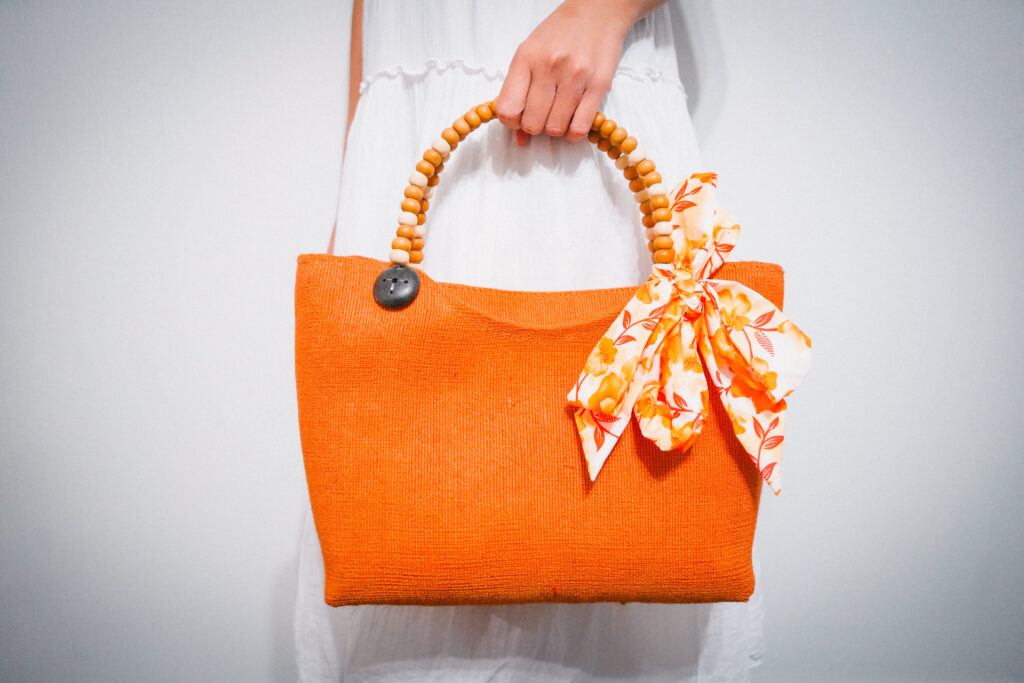The process of making a masterpiece


The Pandan Process
Our Pandan bags are made from the leaves of Pandanus also called screw pine. Pandanus is a genus of monocots of about 600 known species, varying in size from small shrubs less than a meter to medium-sized trees of about 20 meters. It is characterized by its abundant leaves spirally crowded towards the ends of its branches. The leaves are green, long, linear, and slender growing up to 1.5 meters long, three to five centimetres wide.
In the Philippines there are 48 species of Pandanus that are endemic, growing in various habitats, from sandy beaches, mangroves and primary forests. Pandan leaves are locally known for their fragrance and are widely used in culinary dishes in Southeast Asian countries.
1
Harvesting
2
Stripping
The leaves are split into different widths depending on the product or pattern that will be woven.
3
Drying & Dyeing
The cut leaves are dried in the sun and allowed to wilt.
In order to make colourful designs, the leaves are dyed first and dried again before they are ready for use in weaving.
4
Weaving
Weaving is called “paglala” by the local people.
The beautiful and unique patterns are woven manually by local artisans with skill refined through the years.
Then they are hand over to sewers who put together all the pieces to create a masterpiece.
The Abaca Process
Our Abaca products are made from Musa textilis (also called Manila hemp), a species of banana tree native to the Philippines, grown for its textile, rope and papermaking fibre.
The plant grows to 13–22 feet (4.0–6.7 m) and averages about 12 feet (3.7 m). Harvesting abaca is labour intensive and mostly done by hand. Abaca can produce 7 natural shades from the dark brown outer layers to the white inner layers. The white fibre can be dyed to produce any other colour.